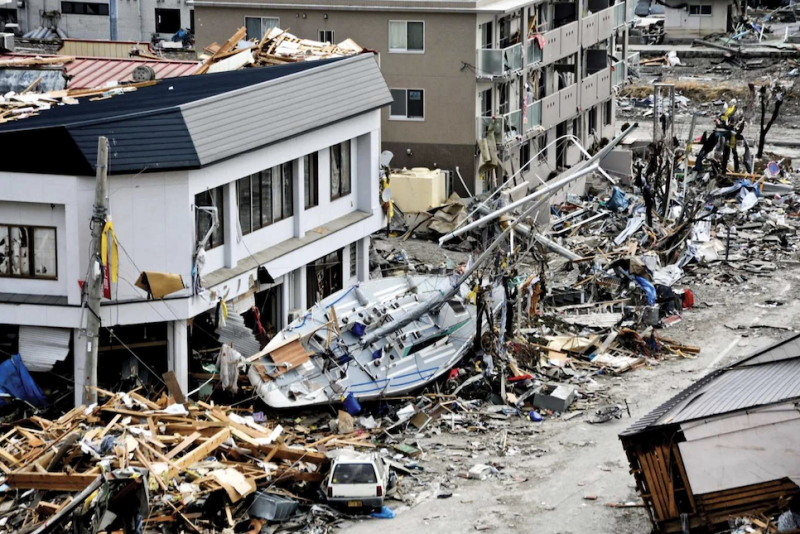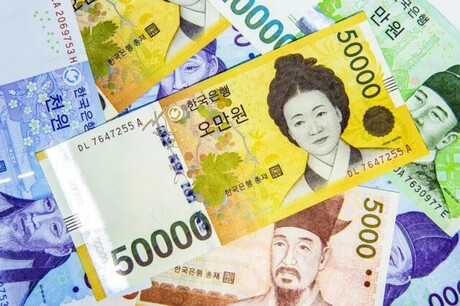
Tokyo, Japan – A recent, stark warning issued by the Japanese government in late March has sent ripples of concern throughout the nation: the terrifying prospect of a Nankai Megathrust earthquake. While Japan is no stranger to seismic activity, the pronouncements regarding the Nankai Trough have instilled a unique sense of dread, prompting a closer look at this potentially catastrophic event.
To comprehend the gravity of the Nankai Megathrust earthquake, one must first understand the geological forces at play beneath the Japanese archipelago. Japan is situated in a highly active seismic zone, where several tectonic plates converge and collide. Broadly speaking, two major oceanic troughs define this region. To the north of Tokyo lies the Japan Trench, where the Pacific Plate subducts beneath the Okhotsk Plate (which forms part of the North American Plate, carrying northern Japan). To the south, stretching from Suruga Bay to Kyushu, lies the Nankai Trough. This is where the Philippine Sea Plate subducts beneath the Eurasian Plate (upon which southwestern Japan sits). Tokyo itself is precariously located at the delicate boundary where these two major plate collision zones intersect.
The Nankai Trough has a chilling history of producing massive earthquakes. For centuries, this region has experienced powerful quakes, typically in the late magnitude 7 or early magnitude 8 range, on a recurring cycle of approximately 100 to 150 years. Given this historical pattern, the potential for another large earthquake in this area is not just a theoretical possibility but a well-established scientific certainty. The concern now is not if it will happen, but when it will happen, and how devastating its impact could be.
The Science Behind the Threat
The Nankai Trough is a prime example of a subduction zone, where one tectonic plate slides beneath another. As the Philippine Sea Plate grinds beneath the Eurasian Plate, immense stress accumulates over time. When this stress finally overcomes the friction holding the plates together, it's released in a sudden, violent rupture – an earthquake. Such events, particularly those involving the complete rupture of a large segment of a subduction zone, are known as megathrust earthquakes. These are among the most powerful earthquakes on Earth, capable of generating widespread destruction and massive tsunamis.
Historical records indicate that the Nankai Trough has produced major earthquakes in clusters, often involving multiple segments rupturing within a short period. For instance, the Ansei Nankai earthquake in 1854 was preceded by the Ansei Tokai earthquake just hours earlier, affecting different parts of the trough. More recently, the Showa Tōnankai earthquake in 1944 and the Showa Nankai earthquake in 1946 also involved distinct segments of the trough. Scientists are particularly concerned about a simultaneous rupture of multiple segments, which would unleash an earthquake of unprecedented scale in modern times.
Projections and Potential Impact
The Japanese government's recent warnings are based on advanced seismic modeling and the long-term probabilities calculated by its Earthquake Research Committee. These models estimate a 70% to 80% probability of a magnitude 8 to 9 class earthquake occurring in the Nankai Trough within the next 30 years. While 30 years might seem a long time, the phrase "it could strike today" underscores the inherent unpredictability of these geological events.
Should a Nankai Megathrust earthquake occur, the potential consequences are staggering. Government simulations predict:
Massive Casualties: In the worst-case scenario, if such an earthquake hits at night during winter, with strong winds and no immediate evacuation, the death toll could exceed 320,000 people. This horrifying figure largely accounts for tsunami fatalities.
Widespread Destruction: Over 2.3 million buildings could be destroyed or severely damaged, primarily due to intense ground shaking, fires, and tsunamis.
Economic Paralysis: The economic damage could reach an astronomical ¥220 trillion (approximately $1.4 trillion USD), far exceeding the impact of the 2011 Great East Japan Earthquake. This would cripple industries, infrastructure, and supply chains.
Tsunami Threat: A defining characteristic of megathrust earthquakes is their ability to generate immense tsunamis. Waves reaching over 30 meters could inundate coastal areas along the Pacific seaboard, from the Kanto region (including Tokyo's southern prefectures) to Kyushu. Evacuation times are critically short, ranging from minutes to tens of minutes in many vulnerable areas. Even inland regions could experience significant liquefaction and landslides.
Preparedness and Public Response
In response to these dire forecasts, the Japanese government has been intensifying its disaster preparedness efforts. This includes:
Enhanced Early Warning Systems: Japan already boasts one of the world's most sophisticated earthquake early warning systems, designed to provide a few precious seconds or minutes of warning before strong shaking arrives.
Reinforced Infrastructure: Strict building codes and ongoing efforts to retrofit existing structures are aimed at making buildings more resilient to seismic activity. However, the scale of the Nankai Trough threat necessitates even greater efforts.
Evacuation Drills and Public Awareness: Regular, nationwide drills are conducted to train the public on emergency procedures, including earthquake response and tsunami evacuation. Public awareness campaigns highlight the risks and importance of individual preparedness.
Development of Disaster Response Plans: Detailed plans are in place for rescue operations, emergency relief, and long-term recovery, though the sheer scale of a Nankai Megathrust event would severely test these capabilities.
Despite these efforts, the psychological toll on the Japanese populace is palpable. The "it could strike today" sentiment, while a mechanism to encourage immediate preparedness, also fuels anxiety. Businesses in highly vulnerable areas are re-evaluating their continuity plans, and individuals are stockpiling emergency supplies and ensuring their homes are as earthquake-resistant as possible. The concept of "Tokai earthquake," a previously anticipated but less likely event focused on a single segment, has largely been superseded by the more comprehensive Nankai Megathrust scenario, increasing the perceived threat.
The Nankai Megathrust earthquake is not just a scientific prediction; it's a profound challenge for Japan's resilience and a reminder of the powerful, unpredictable forces of nature. As the nation lives under the shadow of this looming threat, continued vigilance, robust preparedness, and international cooperation in disaster risk reduction remain paramount.
[Copyright (c) Global Economic Times. All Rights Reserved.]




























